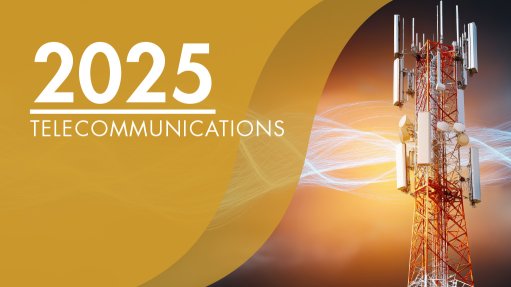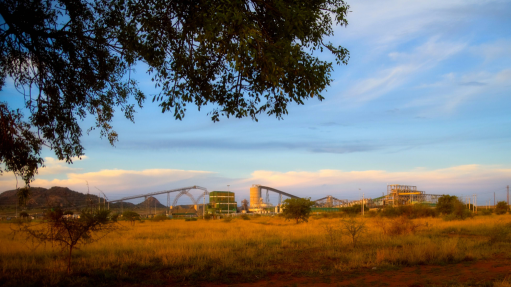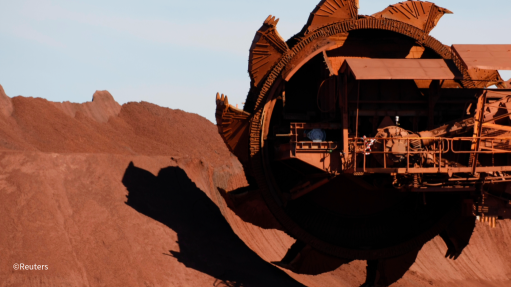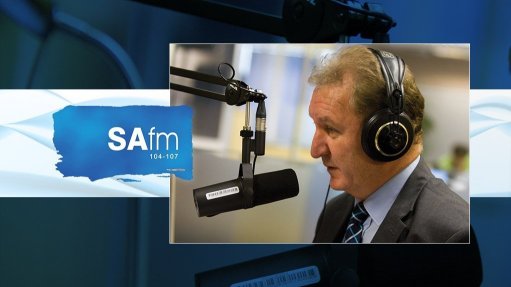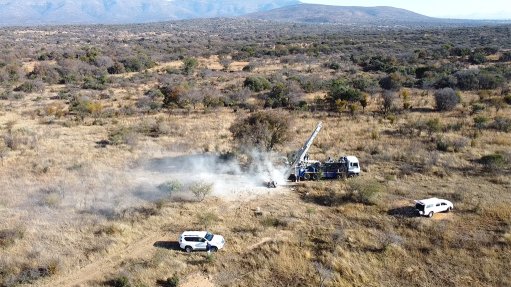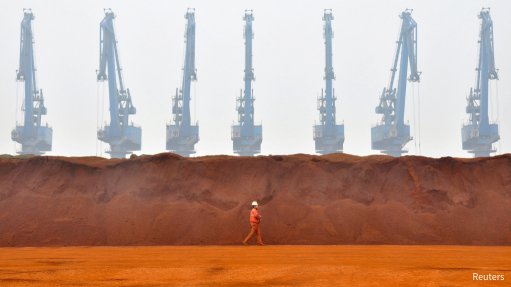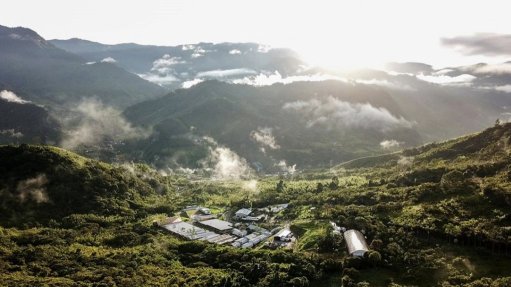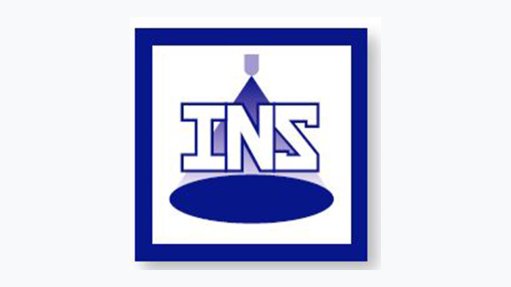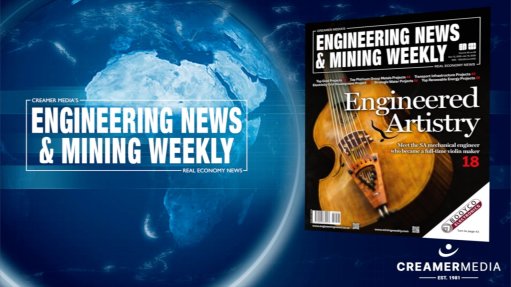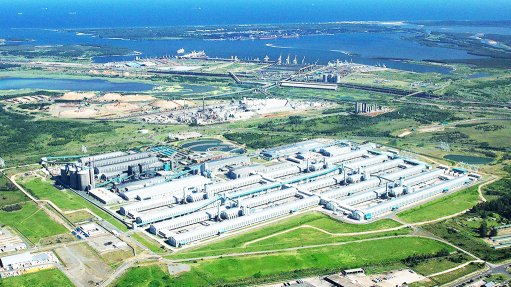Tech integration boosting competitiveness

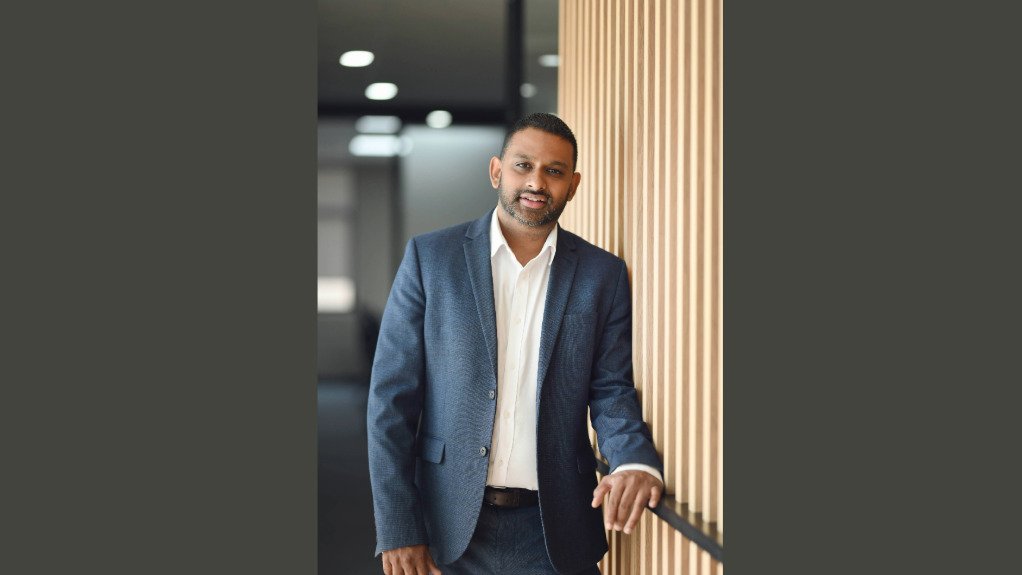
PRASHAEN REDDY Importantly, as digitisation advances, it is crucial to manage cybersecurity, data risks and potential failures to ensure secure and reliable energy
In noting the proliferation of technologies such as AI, Big Data, the Internet of Things (IoT) and digital twins in business operations across Africa, global management consulting firm Kearney says businesses are increasingly integrating these technologies into their operations to remain globally competitive.
The firm contends that cloud, social technology, Big Data and analytics, combined with advanced hardware, are driving several technological trends that have an “immense impact” on the energy industry.
Moreover, it says this new layer of connected intelligence has the potential to deliver greater reliability, affordability, integration and sustainability in the energy sector, thereby helping to resolve some of the sector’s key challenges.
“Digitisation, brought about by the Fourth Industrial Revolution (4IR), has the potential to enable the transformation of the African energy sector, with new technologies playing a crucial role in enhancing the production, storage and consumption of energy by monitoring use more accurately in real time, which can [reduce] energy waste and improve overall efficiency,” Kearney partner Prashaen Reddy highlights.
Further, facilitating grid interconnectivity through smart grid management to monitor and control the grid in real time, and allowing for enhanced integration of renewable-energy sources, could lead to enhanced grid stability. This, in turn, could drive improved electricity supply and demand management.
Reddy notes that the decentralisation of power through the emergence of distributed energy systems, such as rooftop solar panels and small-scale wind turbines, can enable countries to reduce reliance on centralised power plants while increasing energy access and security.
Kearney has noticed these technologies being rolled out successfully across Africa, as demonstrated by South Africa’s State-owned power utility deploying smart grid initiatives, such as advanced metering infrastructure and IoT devices, to enhance grid management and efficiency.
Meanwhile, Kenya’s Lake Turkana Wind Farm, the largest in Africa, produces 310 MW of wind energy, and leverages advanced data analytics and IoT to optimise wind turbine performance and energy output.
Reddy adds that numerous solar companies in Nigeria are using AI and IoT to provide off-grid solar power solutions to allow for improved power reliability in remote and underserved areas.
Challenges, Obligations
Despite the vast benefits that can be provided by the 4IR, Reddy notes that several key challenges must be addressed to unlock its full potential. These include improving underdeveloped infrastructure that disrupts Internet and electricity reliability.
Additional challenges include a lack of investment and the high costs associated with the roll-out and maintenance of 4IR technologies, as well as a shortage of the skills required to deploy them effectively.
Upskilling labour in the energy sector is viewed as an effective solution to address the potential labour redundancy that may result from 4IR; however, clear energy policy and regulations are needed to drive further investment, comments Reddy.
“Importantly, as digitisation advances, it is crucial to manage cybersecurity, data risks and potential failures to ensure secure and reliable energy. An increase in corporate espionage and nation-state cyberattacks has been recorded on the African continent, leading to operational shutdowns, with far-reaching implications in some instances.”
Reddy notes that global emphasis on the energy transition over the past two decades has intensified, with many countries setting ambitious net-zero commitments to accelerate the transition.
For emerging markets such as Africa – with its significant reliance on hydrocarbons and an estimated 600-million people lacking reliable electricity access – energy demand for economic growth must be balanced with sustainability goals.
As a region, Africa contributes only 4% of global CO2 emissions, equating to 1.45-billion tonnes of CO2. This is significantly lower when compared with developed regions, with North America accounting for 17%, Europe 15%, and other emerging regions, such as Asia, accounting for 60.1%, Reddy adds.
Nevertheless, the effects of climate change have been felt in Africa, particularly through floods and droughts, emphasising the importance of the transition towards cleaner energy systems.
“The interconnected nature of the energy landscape necessitates that countries assess their capabilities to facilitate a transition to a safer, cleaner energy future. It is not a choice between energy security and sustainability, but rather a deliberate balance between the two,” Reddy says.
In most cases, this balance will fluctuate as countries define and redefine their unique pathways for a “just transition”, often prioritising their immediate energy and economic needs over longer-term sustainability goals.
Consequently, Reddy notes that Kearney recently released a report: ‘Energy Security and Sustaina-bility: Striking the South Africa Balance’.
This report provides a perspective on how nations can consider balancing the transition to cleaner energy systems in a “just” manner, ensuring energy security to support economic growth and alleviate inequality.
Article Enquiry
Email Article
Save Article
Feedback
To advertise email advertising@creamermedia.co.za or click here
Press Office
Announcements
What's On
Subscribe to improve your user experience...
Option 1 (equivalent of R125 a month):
Receive a weekly copy of Creamer Media's Engineering News & Mining Weekly magazine
(print copy for those in South Africa and e-magazine for those outside of South Africa)
Receive daily email newsletters
Access to full search results
Access archive of magazine back copies
Access to Projects in Progress
Access to ONE Research Report of your choice in PDF format
Option 2 (equivalent of R375 a month):
All benefits from Option 1
PLUS
Access to Creamer Media's Research Channel Africa for ALL Research Reports, in PDF format, on various industrial and mining sectors
including Electricity; Water; Energy Transition; Hydrogen; Roads, Rail and Ports; Coal; Gold; Platinum; Battery Metals; etc.
Already a subscriber?
Forgotten your password?
Receive weekly copy of Creamer Media's Engineering News & Mining Weekly magazine (print copy for those in South Africa and e-magazine for those outside of South Africa)
➕
Recieve daily email newsletters
➕
Access to full search results
➕
Access archive of magazine back copies
➕
Access to Projects in Progress
➕
Access to ONE Research Report of your choice in PDF format
RESEARCH CHANNEL AFRICA
R4500 (equivalent of R375 a month)
SUBSCRIBEAll benefits from Option 1
➕
Access to Creamer Media's Research Channel Africa for ALL Research Reports on various industrial and mining sectors, in PDF format, including on:
Electricity
➕
Water
➕
Energy Transition
➕
Hydrogen
➕
Roads, Rail and Ports
➕
Coal
➕
Gold
➕
Platinum
➕
Battery Metals
➕
etc.
Receive all benefits from Option 1 or Option 2 delivered to numerous people at your company
➕
Multiple User names and Passwords for simultaneous log-ins
➕
Intranet integration access to all in your organisation






